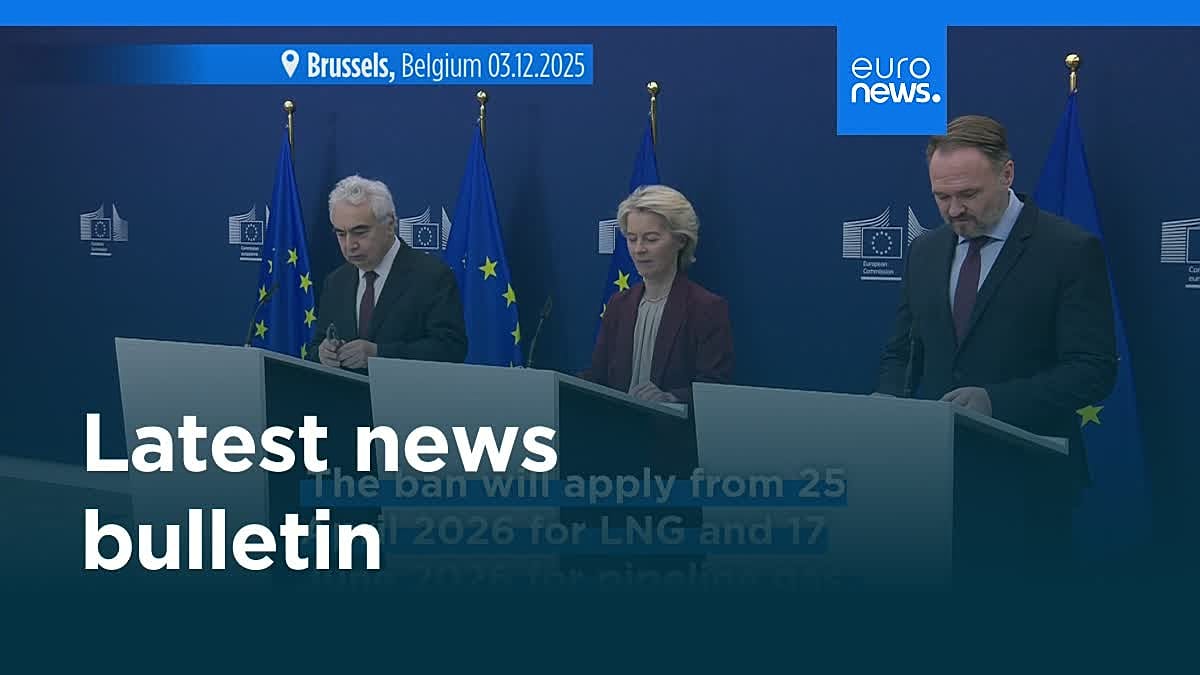How AI is transforming trade finance reconciliation as volatility grows


 With reconciliation under pressure from tariffs, inflation and market disruption, Dominic Capolongo, Chief Revenue Officer at LiquidX, explores why AI is becoming the technology of choice in trade finance
With reconciliation under pressure from tariffs, inflation and market disruption, Dominic Capolongo, Chief Revenue Officer at LiquidX, explores why AI is becoming the technology of choice in trade finance
When over 4,200 institutional traders were asked by J.P. Morgan to name their biggest challenge for 2025, one word topped the list: volatility. And nowhere is that pressure felt more acutely than in reconciliation, where the limitations of conventional systems have become increasingly exposed.
According to the survey, this year, 41% of traders cited volatility as the top challenge; a statistic that perhaps doesn’t come as a surprise given that at the time of the survey (February 2025) Trump’s tariff threats were looming.
Those threats of course materialised the following month, when “Liberation Day” completely rocked markets across the world.
Since then, volatility has continued and has exacerbated a number of existing challenges in the market – trade finance reconciliation being a key one.
For some time now – even before unpredictable tariff shocks, currency swings, and inflation become the norm – reconciliation has proved to be one of the most challenging operational processes for financial institutions. That’s largely because manual processing remains surprisingly widespread across the financial services sector, especially in trade finance. In what is an error-prone and time-consuming approach – and one that completely lacks scalability – staff still spend hours reviewing documents by hand, re-keying information from PDFs, and matching payments to invoices using spreadsheet-based trackers. It’s an uphill battle made even harder by the fragmented data and complex documentation that define trade finance.
In the struggle, some have moved to automation, but even automated rule-based systems have rigid structures that require constant maintenance and upgrades as market conditions change.
Both approaches are also challenged by the complexity of modern cross-border transactions. When an invoice traverses multiple jurisdictions, currencies and regulatory frameworks, the resulting data variations often overwhelm traditional matching capabilities. For example, a payment might reference only part of an invoice number, or apply a discount not reflected in the original documentation.
Once exceptions, these sorts of scenarios have now become far more common, where rapid price fluctuations and frequently changing tariff schedules are making it even harder to keep up. Often resulting in significant reconciliation discrepancies.
Volatility is AI’s forte
With the limitations of traditional reconciliation systems that were initially designed for more stable market conditions becoming more exposed by the day, institutions are increasingly turning to the one technology that doesn’t just cope with volatility, but thrives on it. And that’s AI.
Through automated document processing, intelligent matching algorithms, and predictive exception handling, Machine Learning (ML) models in particular excel at addressing the reconciliation pain points mentioned earlier.
These capabilities have several operational and strategic benefits for financial institutions, including:
- Faster reconciliation processing times: ML models are particularly effective at accelerating reconciliation because they can automate repetitive tasks that would otherwise take hours. Specifically, they can ingest and standardise data from a range of sources, including invoices, payment records, and remittance information, and intelligently match transactions even when the inputs are incomplete or inconsistent. So when a buyer truncates an invoice reference or applies an unexpected discount, AI can still identify the correct match by recognising patterns in the remaining data points. This ability to maintain up-to-date records in real-time drastically reduces the need for manual review and enables faster processing times across high volumes of complex transactions.
- Improved reconciliation accuracy through error reduction: Traditional systems identify exceptions after they occur, creating a reactive workflow where staff must resolve issues after delays have already developed. However, ML models, by contrast, predict potential reconciliation issues (unusual patterns in payment behaviour or document formatting for example) before they materialise, allowing for pre-emptive intervention. Each successfully resolved exception also enhances the system’s accuracy, creating a virtuous cycle of improvement. This self-optimising quality is especially valuable in a trade environment that sees payment patterns and documentation requirements evolve constantly.
- Scalable automation: With reconciliation accuracy substantially increased, and processing times dramatically decreased, it can allow institutions to handle higher transaction volumes – while also maintaining up-to-date records – all without increasing human headcount.
- Enhanced customer experience: By allowing institutions to confirm payments quicker and decreasing error rates, clients gain a clearer picture of their cash flow; a huge benefit when they’re dealing with trade delays or stretched payment terms.
Successful implementation checklist
While those that effectively leverage AI for reconciliation can expect all of the above, successful implementation does require some thought.
Firstly, it needs careful integration with existing systems. Cloud-based platforms that allow for instant AI adoption are ideal, as they allow financial institutions to bring in invoice, payment, and remittance data from their customers and automate three-way reconciliation, without needing extensive IT infrastructure investments.
Secondly, comprehensive training data and an appropriate level of human oversight during the learning phase is key. If and when these elements are in place, organisations can typically implement AI-powered reconciliation in weeks rather than months, and with minimal operational disruption.
Which brings me to my final point: truly successful implementation requires a mindset shift. While many institutions are still cautious about adopting AI in trade finance – citing concerns around data security, integration complexity, and upfront costs – today, AI no longer demands a leap of faith. Implementation can be simple, practical, cost-efficient and fast. And for those who act now, the benefits will most certainly serve as a clear competitive advantage as market volatility shows no signs of settling any time soon.
The post How AI is transforming trade finance reconciliation as volatility grows appeared first on European Business & Finance Magazine.


















































